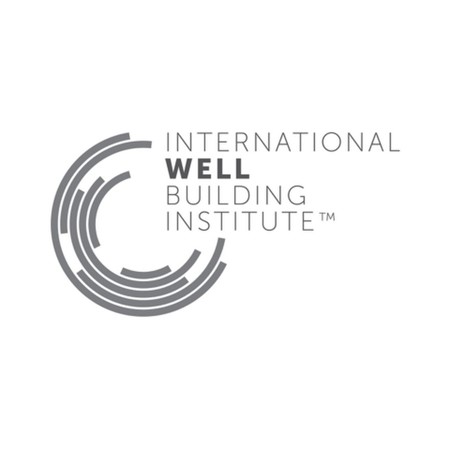
As 2020 forces design re-think, WELL delivers
‘With us spending 90% of our time indoors, why has it taken a pandemic to really focus our attention on the impact interior environments have on our wellbeing?’ asks SAS International Sales Director Phil Smith.
SAS has long been an advocate of the International Well Building Institute (IWBI), supporting its vision that wellbeing should be at the heart of building design.
The concept has steadily been gaining widespread acceptance even though it has been difficult to put a financial value on wellbeing. Not so now.
A growing body of evidence has increasingly pointed to the significance of issues such lighting, air quality, noise and space. Get the combination right and building occupants will be more productive, less stressed and less liable to absence through sickness.
The IWBI’s excellent WELL Building Standard now has worldwide recognition and many supporters, with well over 5,000 accredited projects across 68 countries to date. SAS was delighted to be involved in one of the first UK projects where the wellbeing of occupants was central to the design. 4 Cannon Street, London achieved the coveted WELL Gold Certification.
Publicity around the first WELL certified buildings was gaining attention ahead of the pandemic, but the current debate over the safety of all public and commercial spaces will lead to a more widespread re-thinking about the priorities for building design.
Most immediate is the need to reassure people about the safety of the buildings in which they spend time. Even in the most severe Covid-related lockdowns, many people will need to occupy work and leisure spaces and deserve to understand how safe those spaces are.
To meet this immediate need, and to prepare for a gradual re-occupation of spaces, the IWBI has launched the WELL Health-Safety Rating for Facility Operations and Management.
The WELL Health-Safety Rating is an evidence-based, third-party verified classification for both new and existing buildings.
Informed by guidance developed by the World Health Organisation, the rating system has been adapted from features in the WELL Building Standard that focus on facilities, maintenance and operations. It covers both immediate considerations such as cleaning and sanitization procedures and longer-term strategies around air and water quality and employee education in health and wellness.
This is no simple tick-box exercise. The first objective is certainly to give reassurance that the building is safe – but the Rating system, just like the wider WELL Building Certification, goes much further than that.
It reprioritizes the relationship between buildings and the people who occupy them. It is not enough to prove that buildings will not cause immediate illness: they should be designed to actively support and enhance the wellbeing of their users.
The economic argument supporting that view, relating to increased productivity, is still valid. However, it will be given added momentum over the coming months and years by the need to demonstrate to a shaken population that their health is a central consideration of the organisations who own, operate and manage the spaces they are asked to occupy.
Just as, over centuries, cities have been shaped by crises, it would be good to think that buildings of the future will be shaped by a new appreciation of their role in helping people be well.